If Risk = 1, OR = InfinityThe relative risk and the odds ratio are measures of association between exposure status and disease outcome in a population Relative risk In epidemiology, relative risk (RR) can give us insights in how much more likely an exposed group is to develop a certain disease in comparison to a nonexposed group Once we know the exposure and disease status of a research population,The relative risk (RR) and the odds ratio (OR) are the two most widely used measures of association in epidemiology The direct computation of relative risks is

Odds Ratios Vs Risk Ratios Stats By Slough
Odds ratio vs risk reduction
Odds ratio vs risk reduction-Metodoloˇski zvezki, Vol 13, No 1, 16, 5967 Odds Ratio, Hazard Ratio and Relative Risk Janez Stare1 Delphine MaucortBoulch2 Abstract Odds ratio (OR) is a statistic commonly encountered in professional or scientific Risk Ratio vs Odds Ratio Whereas RR can be interpreted in a straightforward way, OR can not A RR of 3 means the risk of an outcome is increased threefold A RR of 05 means the risk is cut in half But an OR of 3 doesn't mean the risk is threefold;
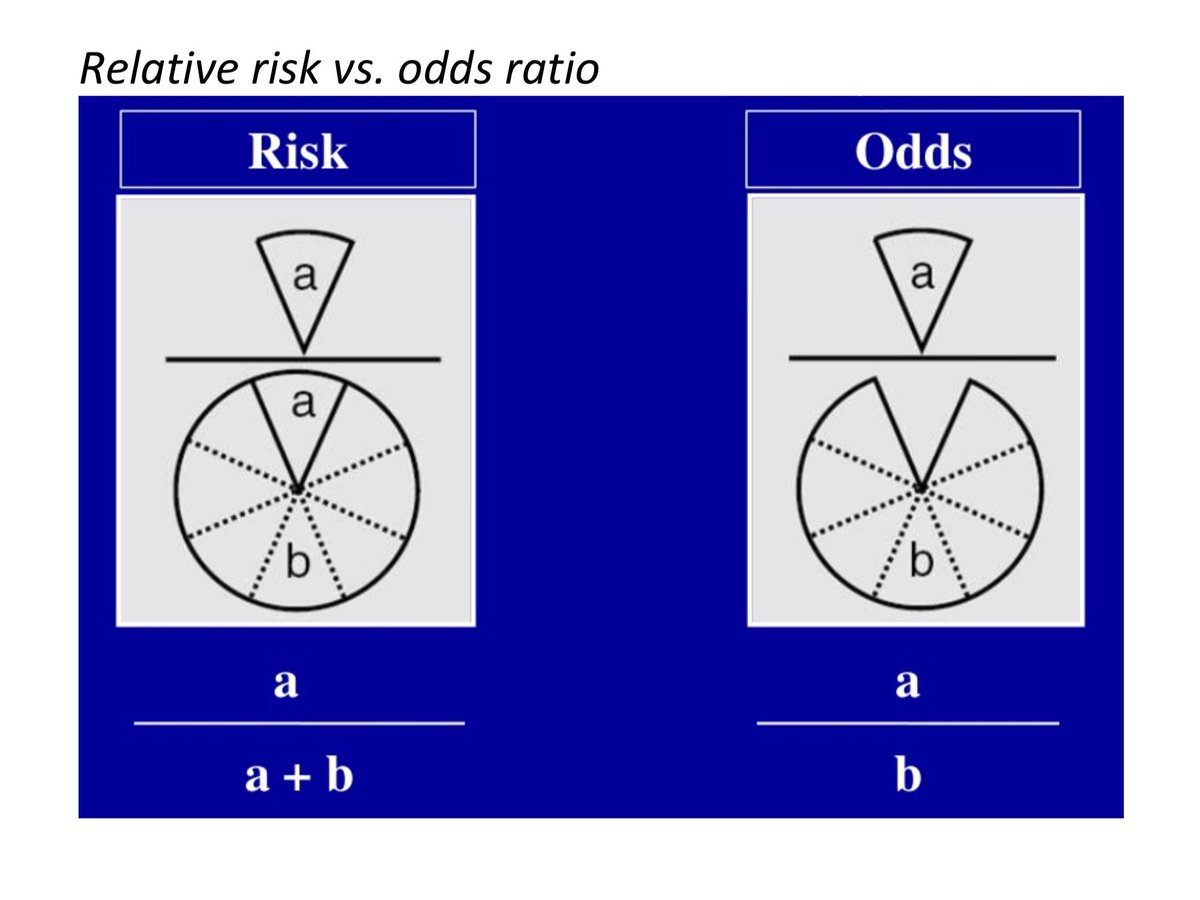



Bryan Carmody For M2s Preparing For Usmle Step 1 Epidemiology Questions Are Free Points You Don T Have To Make 2x2 Tables Or Memorize Formulae From First Aid To Calculate Or
If Risk = 05, OR = 1;About Press Copyright Contact us Creators Advertise Developers Terms Privacy Policy & Safety How works Test new features Press Copyright Contact us Creators The relative risk of losing weight by choosing diet A over diet B is 1125, while the odds ratio is about 225 The reasons a medical article might choose one method of reporting over the other are complex, but the message here is that sorting that out starts by being clear about the difference between probability and odds
√1000以上 odds ratio vs relative risk usmle Odds ratio vs relative risk usmle Percent decrease = (1 – Risk Ratio upper bound) x 100 It's worth stating again when comparing two proportions close to 1 or 0, the risk ratio is usually a better summary than the raw difference Odds Ratios We now turn to odds ratios as yet another way to summarize a 2 x 2 table Odds are another way of expressing the likelihood of Lifetime odds of death for selected causes, United States, 19;
To the Editor Dr Norton and colleagues 1 described significant limitations of odds ratios (ORs) but they did not report one important advantage of ORs compared with risk ratios (RRs) the magnitude of the association between an exposure and a dichotomous outcome is invariant to whether the outcome is defined as event occurrence (eg, death) or nonoccurrence INTRODUCTION Odds ratio (OR) and risk ratio (RR) are two commonly used measures of association reported in research studies In crosssectional studies, the odds ratio is also referred to as the prevalence odds ratio (POR) when prevalent cases are included, and, instead of the RR, the prevalence ratio (PR) is calculated The basic difference is that the odds ratio is a ratio of two odds (yep, it's that obvious) whereas the relative risk is a ratio of two probabilities (The relative risk is also called the risk ratio) Let's look at an example Relative Risk/Risk Ratio Suppose you have a school that wants to test out a new tutoring program




Relative Risk Odds Ratios Youtube




Putting Risks Into Context Covid 19 Vaccines And Blood Clots The Bmj
The relative risk is best estimated using a population sample, but if the rare disease assumption holds, the odds ratio is a good approximation to the relative risk — the odds is p / (1 − p), so when p moves towards zero, 1 − p moves towards 1, meaning that the odds approaches the risk, and the odds ratio approaches the relative riskThe risk ratio (or relative risk) is the ratio of the risk of an event in the two groups, whereas the odds ratio is the ratio of the odds of an event (see Box 92a) For both measures a value of 1 indicates that the estimated effects are the same for both interventions Odds can be expressed as a ratio of the probability an event will happen divided by the probability an event won't happen Odds in favor of A = A / (1 A), usually simplified to lowest terms, For instance, if the probability of an event occurring is 075, then the odds for it happening are 075/025 = 3/1 = 3 to 1 for, while the probability that it doesn't occur is 1 to 3 against



Risk Of Death By Age And Sex
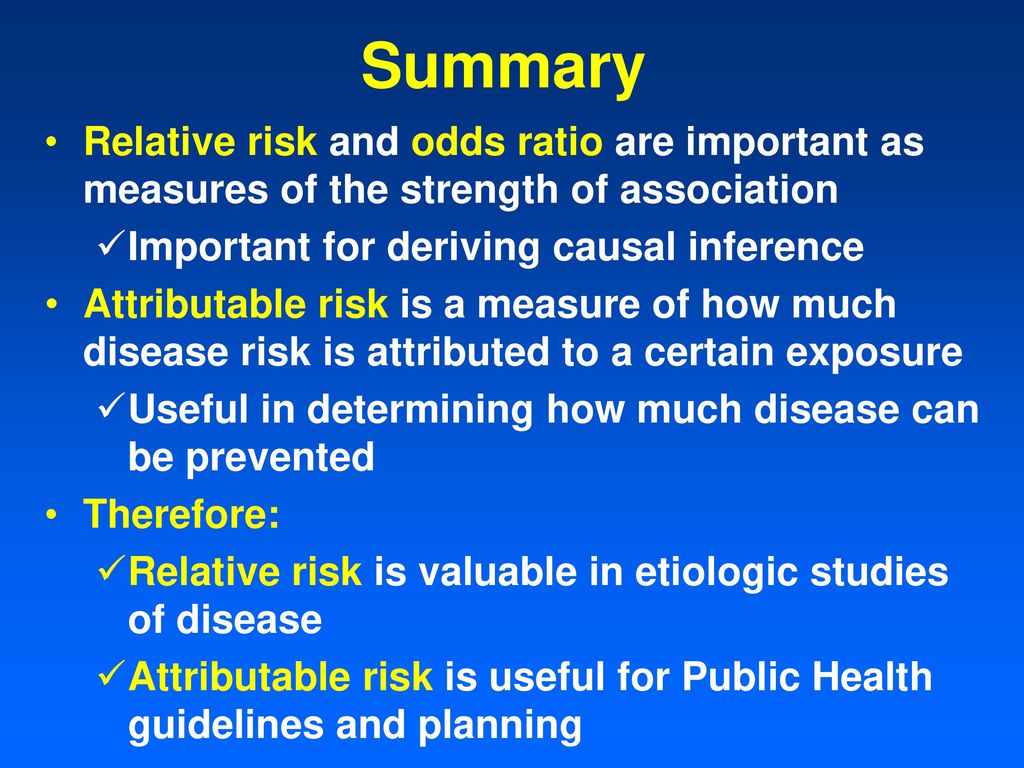



Relative And Attributable Risks Ppt Download
For both risk and odds, the lower limit is 0 For any level of risk or odds under no exposure, multiplication by a risk or odds ratio less than 1 will produce a risk or odds given exposure that is possible 0 to 1 for risks and 0 to infinity for odds Thus, a constant risk or odds ratio is possible for ratios less than 1Sometimes, we see the log odds ratio instead of the odds ratio The log OR comparing women to men is log(144) = 036 The log OR comparing men to women is log(069) = 036 log OR > 0 increased risk log OR = 0 no difference in risk log OR < 0 decreased risk Odds Ratio 0 5 10 15 More on the Odds Ratio Log Odds Ratio4 2 0 2 4The more common the disease, the larger is the gap between odds ratio and relative risk In our example above, p wine and p no_wine were 0009 and 0012 respectively, so the odds ratio was a good approximation of the relative risk OR = 0752 and RR = 075 If the risks were 08 and 09, the odds ratio and relative risk will be 2 very different numbers OR = 044 and RR = 0 Relative risk vs Odds



Www Pitt Edu Bertsch Risk Pdf




Cureus What S The Risk Differentiating Risk Ratios Odds Ratios And Hazard Ratios
In the "risk" of response and a 60% increase in the "risk" of remission Risk, therefore, is used to reflect probability, regardless of the desirability or undesirability of an event 2 Relative risk is an important and commonly used Odds Ratio Odds ratio vs relative risk Odds ratios and relative risks are interpreted in much the same way and if and are much less than and then the odds ratio will be almost the same as the relative risk In some sense the relative risk is a more intuitive measure of effect size Note that the choice is only for prospective studies were the distinction Remember that in a true casecontrol study one can calculate an odds ratio, but not a risk ratio However, one can calculate a risk difference (RD), a risk ratio (RR), or an odds ratio (OR) in cohort studies and randomized clinical trials




Statquest Odds Ratios And Log Odds Ratios Clearly Explained Youtube




Tottenham Vs Wolfsberger Betting Odds Offers Tips Get Risk Free Bet On Europa League Tie Plus 16 1 Bet Builder
A fractional listing of 6/1 (sixtoone) odds would mean that you win $6 against every $1 you wager, in addition to receiving your dollar back (ie, the amount you wagered)The odds ratio is defined as the ratio of the odds of an event or disease occurring in one group to the odds occurring in another group The standard formula is X / ( 1 − X) / Y / ( 1 − Y), where X and Y are the probability of that event in the two groups, respectively In contrast, the relative risk is the risk of an event or diseaseOdds ratios (OR) are commonly reported in the medical literature as the measure of association between exposure and outcome However, it is relative risk that people more intuitively understand as a measure of association Relative risk can be directly determined in a cohort study by calculating a risk ratio (RR)




Evidencebased Journal Club Intentiontotreat Odds And Risk Paul



Your Chances Of Dying Other Health Risks
The difference between odds and risk is small when the event is rare (as illustrated in the first example above where a risk of 0091 was seen to be similar to an odds of 01) When events are common, as is often the case in clinical trials, the differences between odds and risks are largeThe odds ratio ((a/c)/(b/d)) looks at the likelihood of an outcome in relation to a characteristic factor In epidemiological terms, the odds ratio is used as a point estimate of the relative risk in retrospective studies Odds ratio is the key statistic for most casecontrol studiesIn biomedical research, we are often interested in quantifying the relationship between an exposure and an outcome "Odds" and "Risk" are the most common terms which are used as measures of association between variables In this article, which is the fourth in the series of common pitfalls in statistical analysis, we explain the meaning of risk and odds and the difference between the two




How To Interpret And Use A Relative Risk And An Odds Ratio Youtube
:max_bytes(150000):strip_icc()/dotdash_Final_The_Math_Behind_Betting_Odds_and_Gambling_Nov_2020-01-735accb453c8424b9e063c2c14e4edf4.jpg)



The Math Behind Betting Odds Gambling
A risk ratio of 10 indicates identical risk among the two groups A risk ratio greater than 10 indicates an increased risk for the group in the numerator, usually the exposed group A risk ratio less than 10 indicates a decreased risk for the exposed group, indicating that perhaps exposure actually protects against disease occurrence Odds ratio the ratio of cross products This is not true for relative risk Switching the rows or columns inverts the odds ratio For example, the odds ratio for no cough given a history of bronchitis = (247/26)/(1002/44) = 0417 = 1/2397 This is the reciprocal of the OR for coughThe risk ratio (or relative risk) is the ratio of the risk of an event in the two groups, whereas the odds ratio The primary difference between odds and probability is that while odds is a ratio of occurrence to nonoccurrence, the probability is the ratio of occurrence to the whole Odds are expressed in the ratio, the probability is either written in percentage form or in decimal




Pdf What S The Risk Differentiating Risk Ratios Odds Ratios And Hazard Ratios Semantic Scholar




Ppt Conditional Probability Powerpoint Presentation Free Download Id
The odds ratio (OR) is the ratio of the odds of cancer in smokers to the odds of cancer in nonsmokers OR = (a/b)/(c/d) = (ad)/(bc) The risk ratio (RR), also called the relative risk, is the ratio of the probability of cancer in smokers to the probability of cancer in nonsmokers RR = (a/(ab))/(c/(cd)) = (a(cd))/(c(ab))Cause of Death Odds of Dying; The odds ratio will be greater than the relative risk if the relative risk is greater than one and less than the relative risk otherwise In the example above, if the adjusted odds ratio were interpreted as a relative risk, it would suggest that the risk of antibiotic associated diarrhoea is reduced by 75% for the intervention relative to the




Aviation Risk Report Agcs




Leeds Vs Southampton Betting Odds Offers And Tips Get Risk Free Bet On Premier League Clash Plus 25 1 Bet Builder
Heart disease 1 in 6 Cancer 1 in 7 All preventable causes of death 1 in 24 Chronic lower respiratory disease 1 in 27 Suicide 1 in Opioid overdose 1 in 92 Fall 1 in 106 Motorvehicle crash 1 in 107 Gun assault 1 in 2 Pedestrian incident 1 in 543 Motorcyclist 1 Risk Odds When Rolling 3 Dice against 2 When rolling 3 attacking dice against 2 defending dice attacker wins 2 3717% attacker wins 1,Odds Ratio, Relative Risk, and Risk Difference How to Use Odds Ratio, Relative Risk, and Risk Difference to Describe the Association Between Two Categorical




Tutorial About Hazard Ratios Students 4 Best Evidence



Solved Homework 2 Odds Ratio Vs Risk Ratio Exercise The Odds Ratio Approximates The Risk Ratio When The Disease Is Rare And Other Conditions Are M Course Hero
Odds Ratios vs Risk Ratios Posted on by StatsBySlough From the previous post, we understand that Odds Ratios (OR) and Risk Ratios (RR) can sometimes, but not always be interpreted in the same way We even saw that scientific studies made the mistake of interpreting odds ratios as risk ratios For instance, odds are a symmetric measure, meaning that while risk only examines outcomes given interventions, odds can also examine interventions given outcomes Thus, a study can be constructed where, rather than choosing trial groups and measuring outcomes, outcomes can be chosen, and other factors can be analyzedRather the odds is threefold greater Interpretation of an OR must be in terms of odds, not
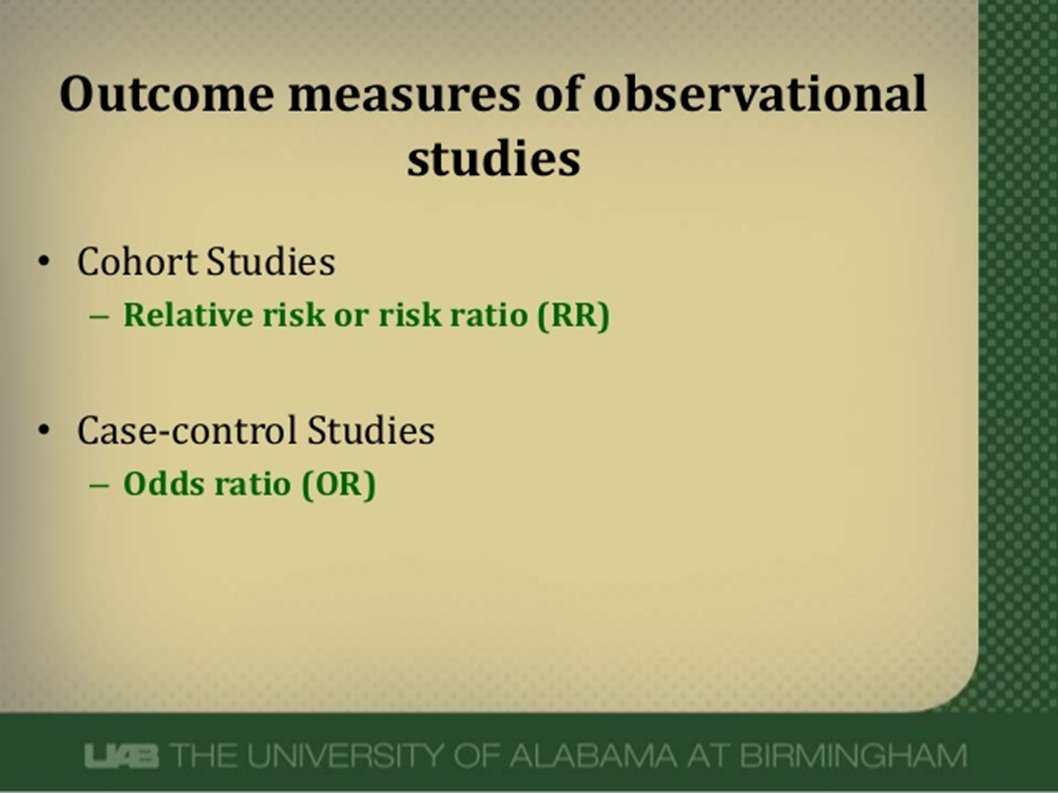



Abdullah Kharbosh What Does An Odds Ratio Or Relative Risk Mean By Ebmteacher Casecontrol Cohort T Co Shfiaepl57 عبر Slideshare




Odds Ratio Relative Risk Risk Difference Statistics Tutorial 30 Marinstatslectures Youtube
The difference between odds ratio and risk ratio While Risk Ratio is the probability of one thing divided by the probability of another (usually in a separated group), Odds Ratio is the odds of one event happening divided by the odds of another EssoeOdds1Risk factor for the disease • Less than 10 indicates that the odds of exposure among casepatients are lower than the odds of exposure among controls The exposure might be a protective factor against the disease The magnitude of the odds ratio is called the "strength of the association" The further away an odds ratio is For example an odds of 01 is written as 110 and an odds of 5 is written as 51 Risk and risk ratios are more commonly used than odds and odds ratios in medicine as these are much more intuitive Risk describes the probability of an event occurring



Http Www Floppybunny Org Robin Web Virtualclassroom Stats Basics Articles Odds Risks Proportions Odds Risks Sistrom 04l Pdf




Imgv2 1 F Scribdassets Com Img Document
The odds ratio is a common measure of risk but its interpretation may be hazardous The risk ratio is a ratio of probabilities, which are themselves ratios The numerator of a probability is the number of cases with the outcome, and the denominator is the total number of cases You know the difference between risk and odds A risk is the proportion of subjects with an event in a total group of susceptible subjects Thus, we can calculate the risk of having a heart attack among smokers (infarcted smokers divided by the total number of smokers) and among nonsmokers (the same, but with nonsmokers)That is defined as p/(1p) That is if p is the probability of the event of interest and (1p) is the probability that it doesn't happen So even from this simple case we see that the risk varies from 0 to 1 and the odds vary from 0 to infinity In fact, if Risk (or p) < 05, OR < 1;




What Is An Odds Ratio And How Do I Interpret It Critical Appraisal




Cureus What S The Risk Differentiating Risk Ratios Odds Ratios And Hazard Ratios
A terminology problem odds ratio versus odds Author William Gould, StataCorp James Hardin, StataCorp Unfortunately, the language used to describe statistical terms is not used uniformly across fields One example of this is odds and odds ratio Economists especially refer to what others call the odds as the odds ratioRisks and Odds When talking about the chance of something happening, eg death, hip fracture, we can talk about • risk and relative risk or • odds and odds ratio Risks and odds Risks and odds Risks A proportion Numerator / Denominator Odds A ratio Numerator / (Denominator Numerator) 2 Two by two table




Elements Of Risk In Casino Games Vs House Edge Gambling Insight




Putting Risks Into Context Covid 19 Vaccines And Blood Clots The Bmj
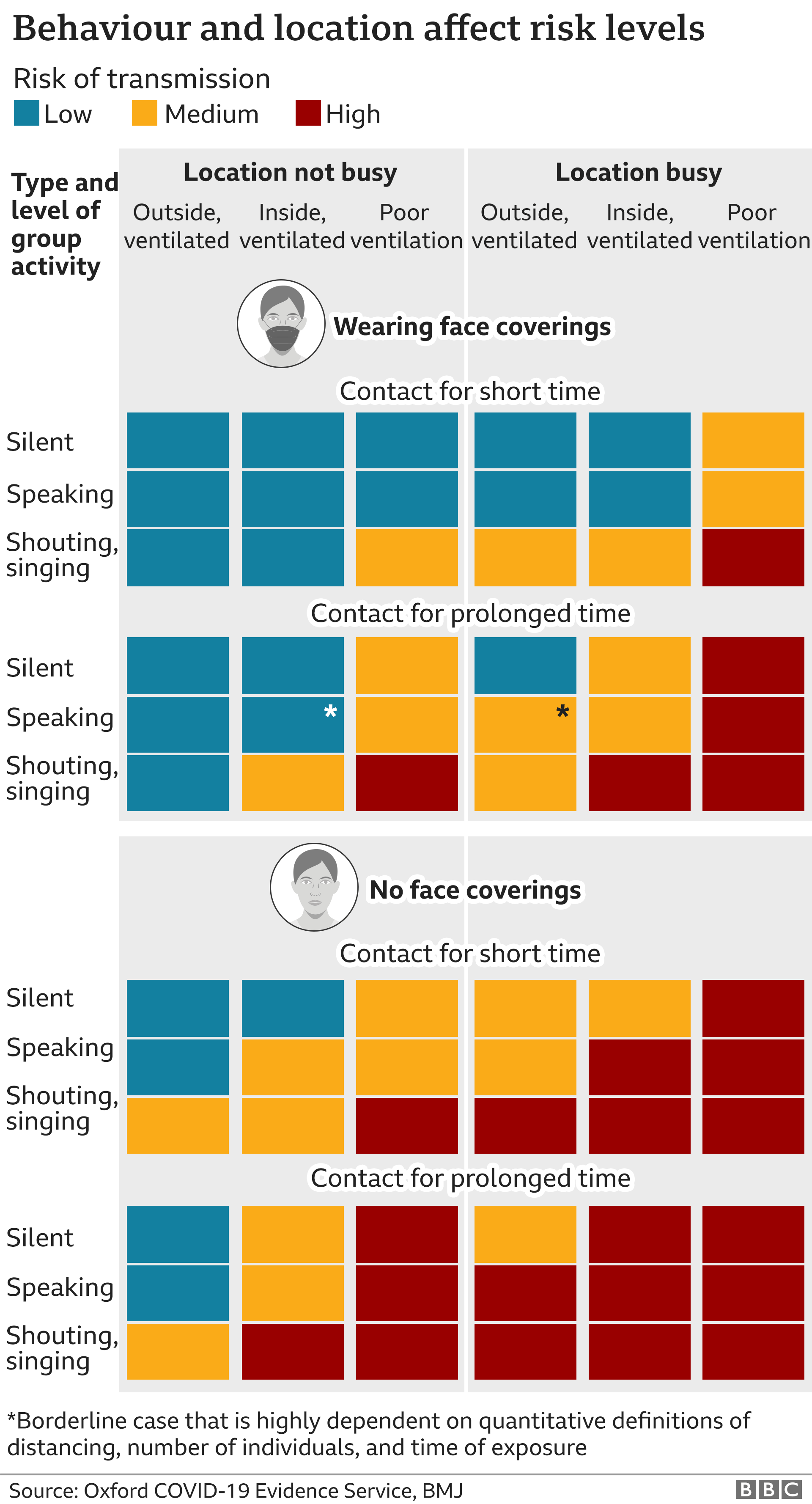



Covid Risk 3 People 3 Very Different Covid Risks What S Yours c News
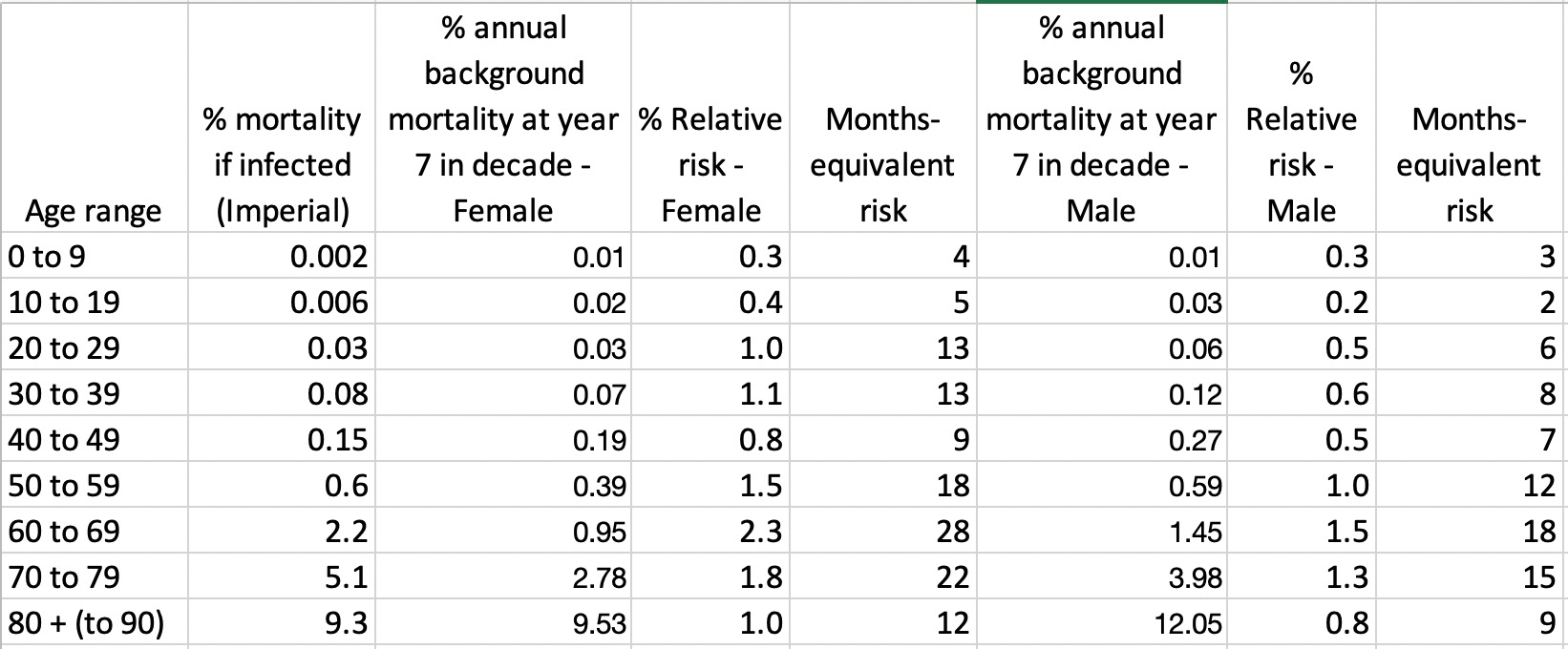



How Much Normal Risk Does Covid Represent By David Spiegelhalter Wintoncentre Medium




Data Analysis For The Bsc Year Ppt Download
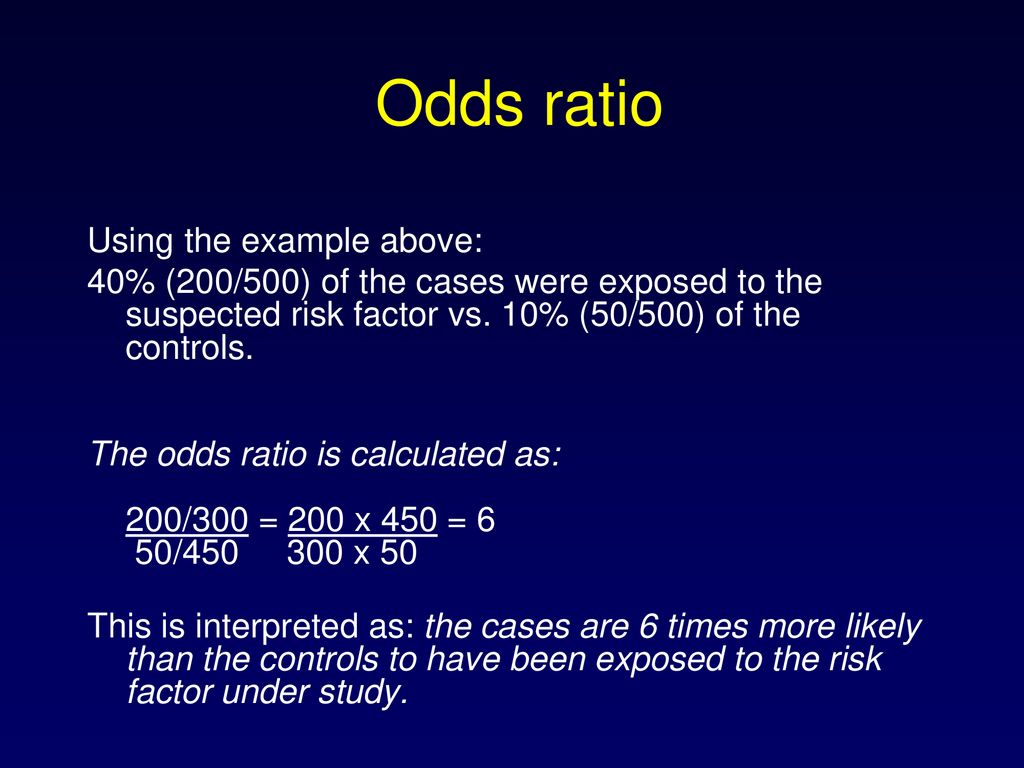



Case Control Studies Statistics Ppt Download




Odds Ratios From Univariate Regression Model Of Oasis Vs Risk Factors Download Table




Event Based Measures Of Effect Size Asha Journals Academy




Logistic Regression We Will Go Through The Pdf First To Outline Some Terms Refer To Earlier Ppt On Odds Ratios Stats Club Ppt Download



1




Understanding Systematic Reviews And Meta Analysis Archives Of Disease In Childhood




Part A Calculate The Odds Ratio Part B Calculate Chegg Com




Number Needed To Harm Wikipedia
:max_bytes(150000):strip_icc()/dotdash_Final_Understanding_Forex_Risk_Management_Jul_2020-01-44f4b0616f4547ea8cef266cde06cf01.jpg)



Understanding Forex Risk Management
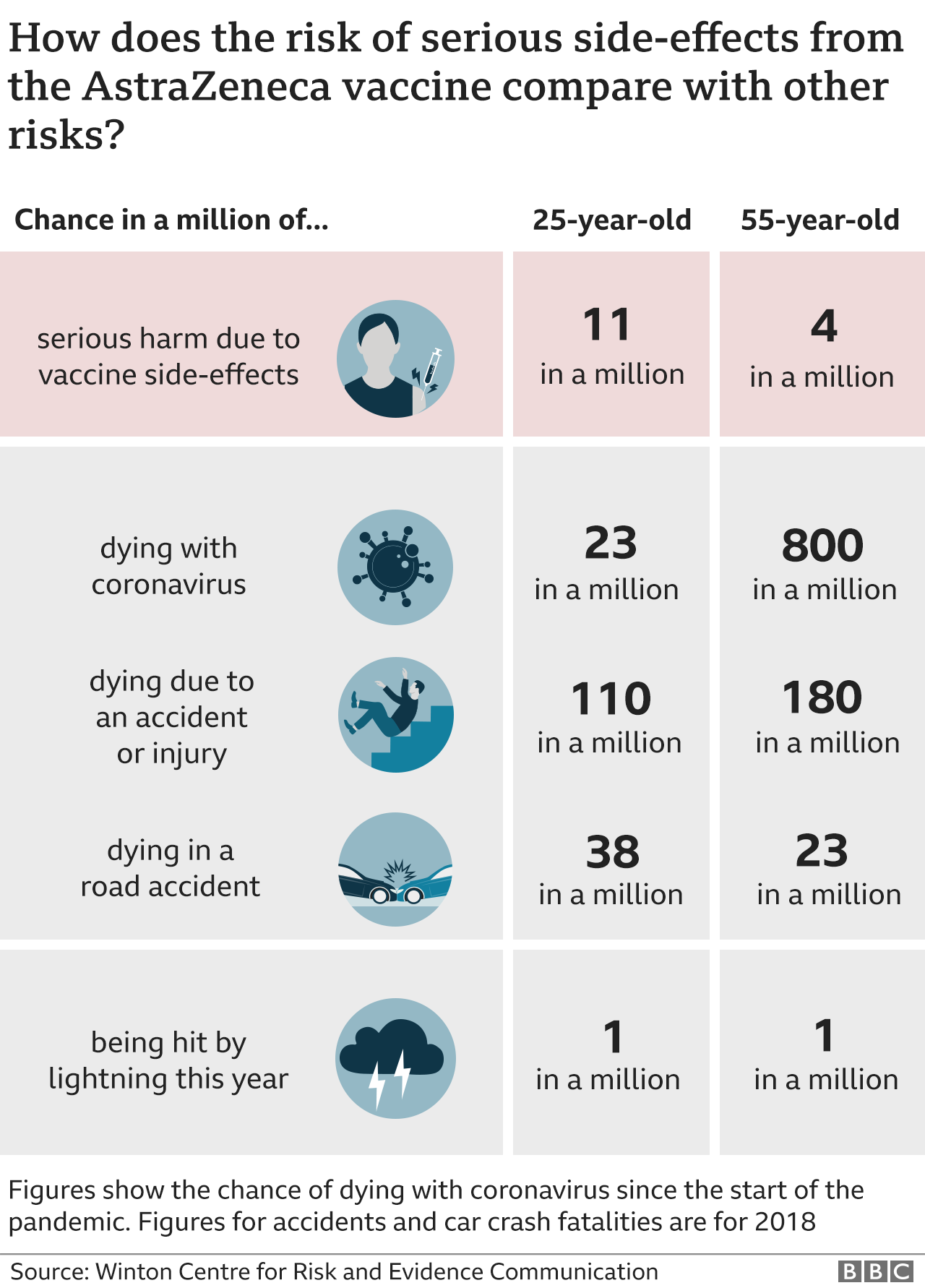



Astrazeneca Vaccine How Do You Weigh Up The Risks And Benefits c News




Odds Ratios Vs Risk Ratios Stats By Slough



1
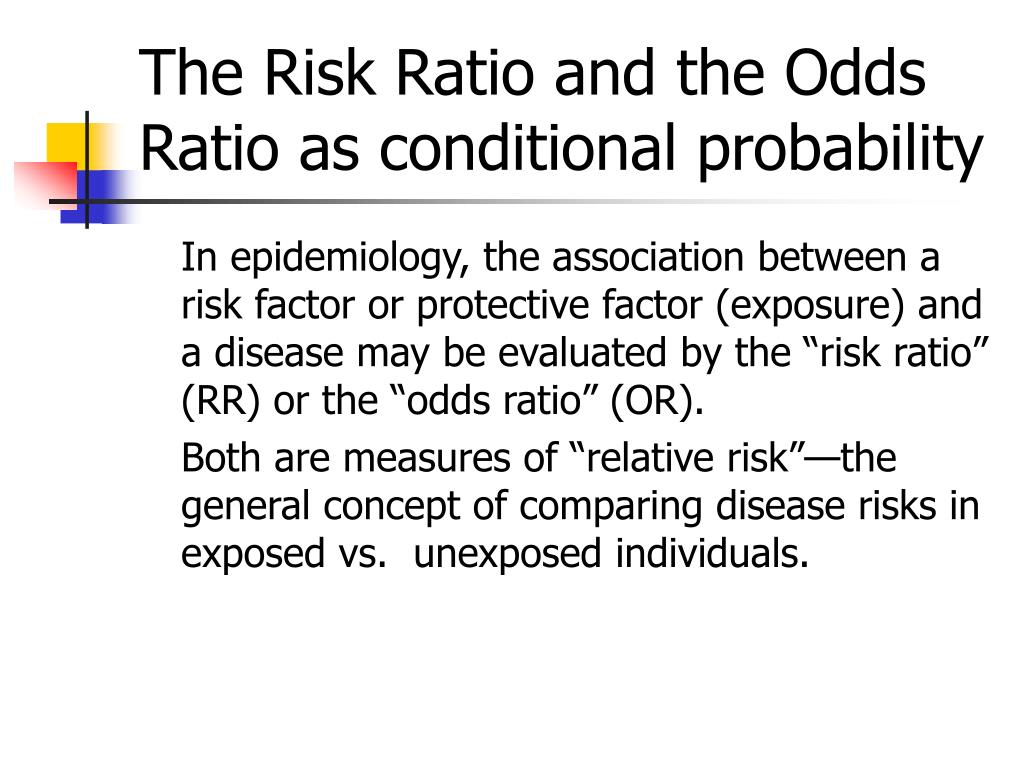



Ppt Conditional Probability Powerpoint Presentation Free Download Id



Risk Of Death By Age And Sex




Risks Of And Risk Factors For Covid 19 Disease In People With Diabetes A Cohort Study Of The Total Population Of Scotland The Lancet Diabetes Endocrinology
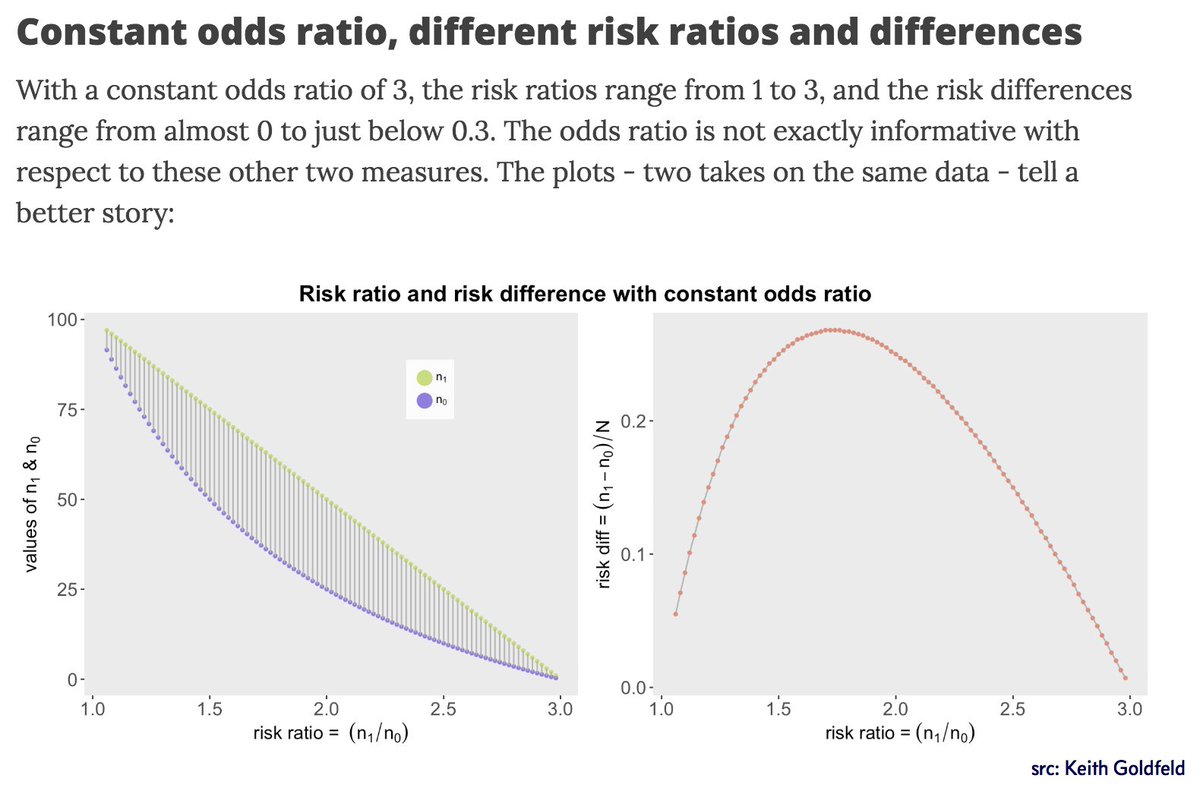



Mara Averick As Someone Who Asks For Odds Ratios And Relative Risk At The Vet I This Post How The Odds Ratio Confounds A Brief Study In A




Statistc 111 Lecture Notes Spring 19 Lecture 11 Odds Ratio Relative Risk Ert2



Www Jstor Org Stable



Absolute Risk Vs Relative Risk Vs Odds Ratio Pp Made Easy On Vimeo



Q Tbn And9gctxz8owky Sul84xtk4ggzacxwhkmhguhlxwyjj9avufagdrhwm Usqp Cau



1




Odds Ratio Relative Risk Calculation Definition Probability Odds Youtube




Odds Ratios And Risk Ratios Youtube




Estimated Relative Risk Odds Ratio Or Hazard Ratio With 95 Ci For 4 Download Scientific Diagram
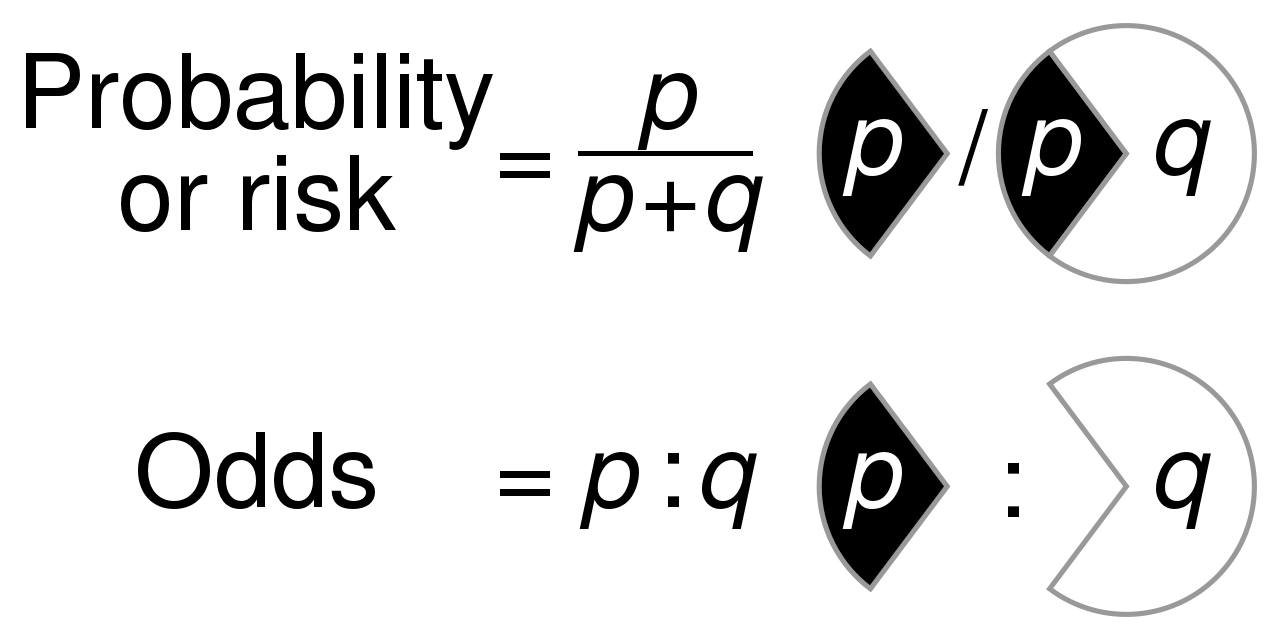



File Probability Vs Odds Svg Wikimedia Commons
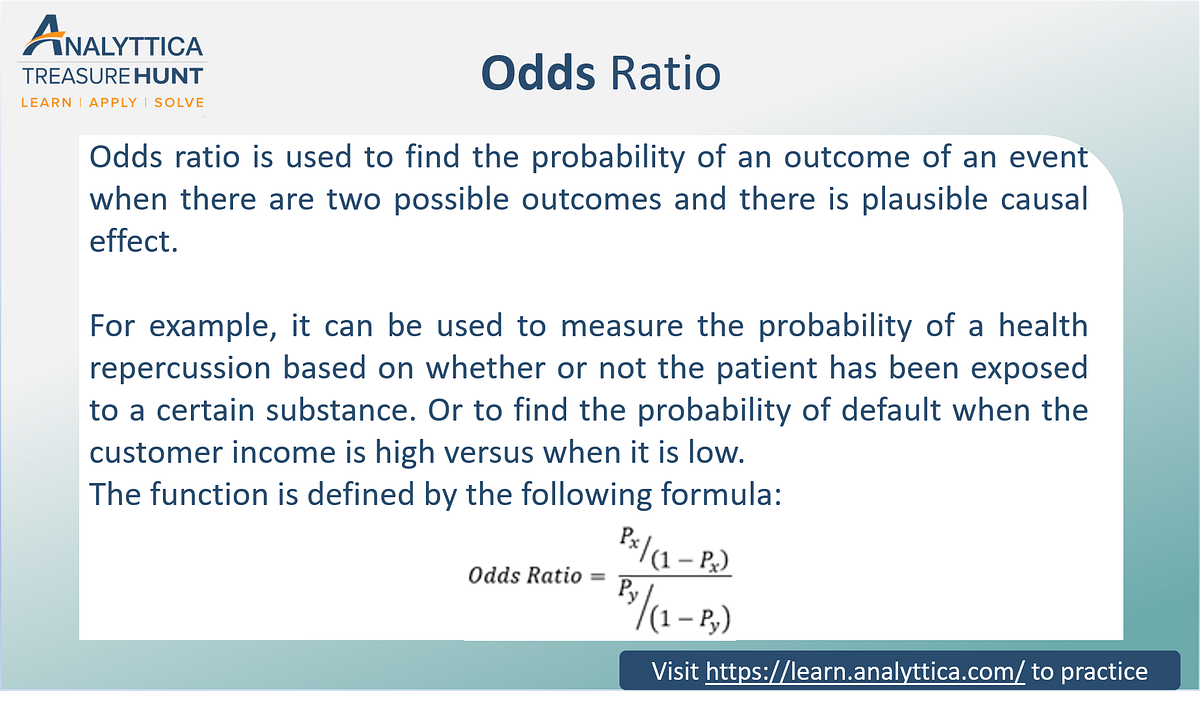



Odds Ratio The Odds Ratio Is Used To Find The By Analyttica Datalab Medium




Tn Sports Betting Florida Gators Vs Tennessee Volunteers Odds




Converting An Odds Ratio To A Range Of Plausible Relative Risks For Better Communication Of Research Findings The Bmj




Burglary Odds Safe City Break Ins Prevent A Burglary Break In
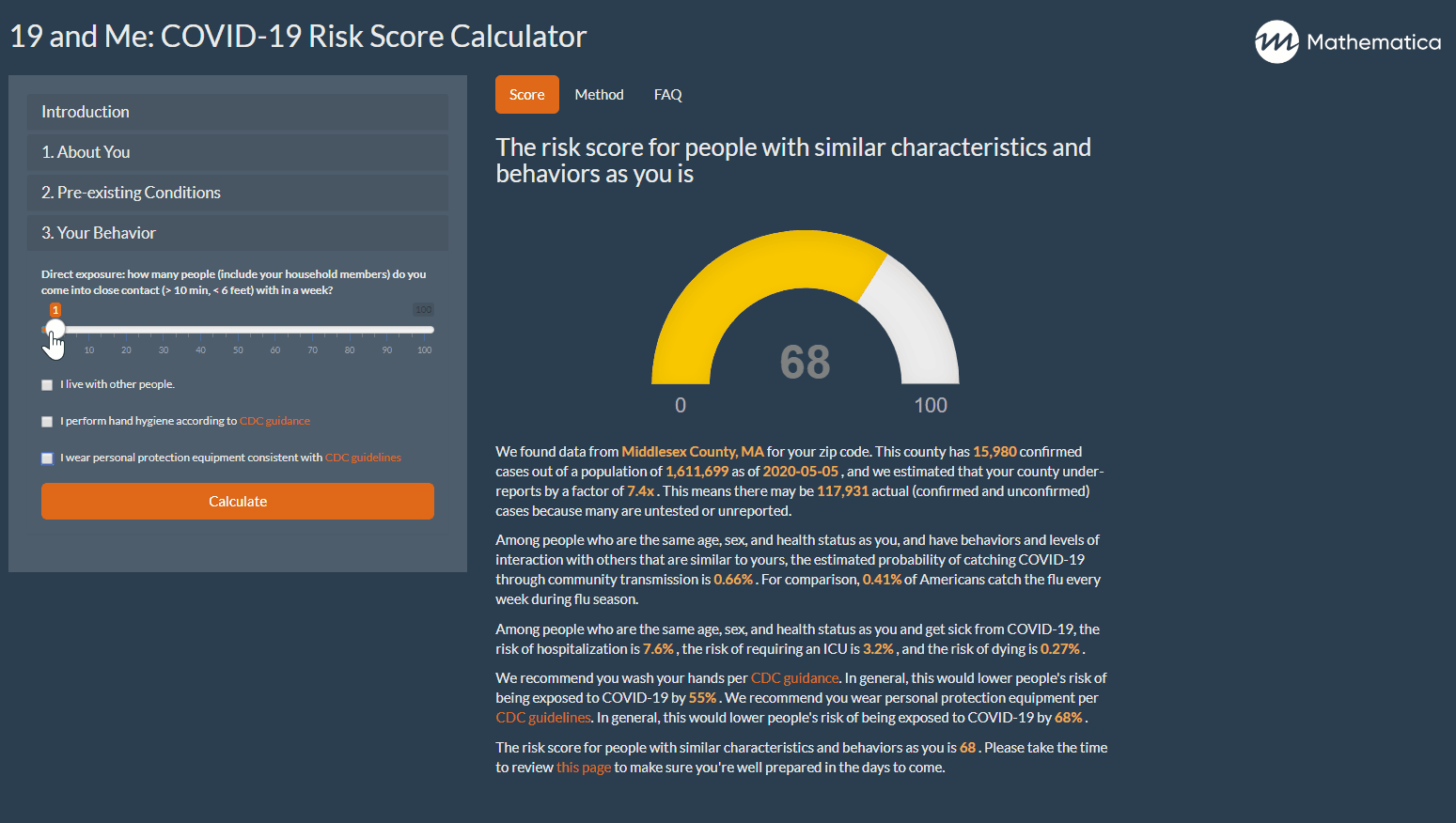



19 And Me A Covid 19 Risk Calculator



Odds Ratios Vs Risk Ratios Jama 10 1001 Jama 18 Deepdyve
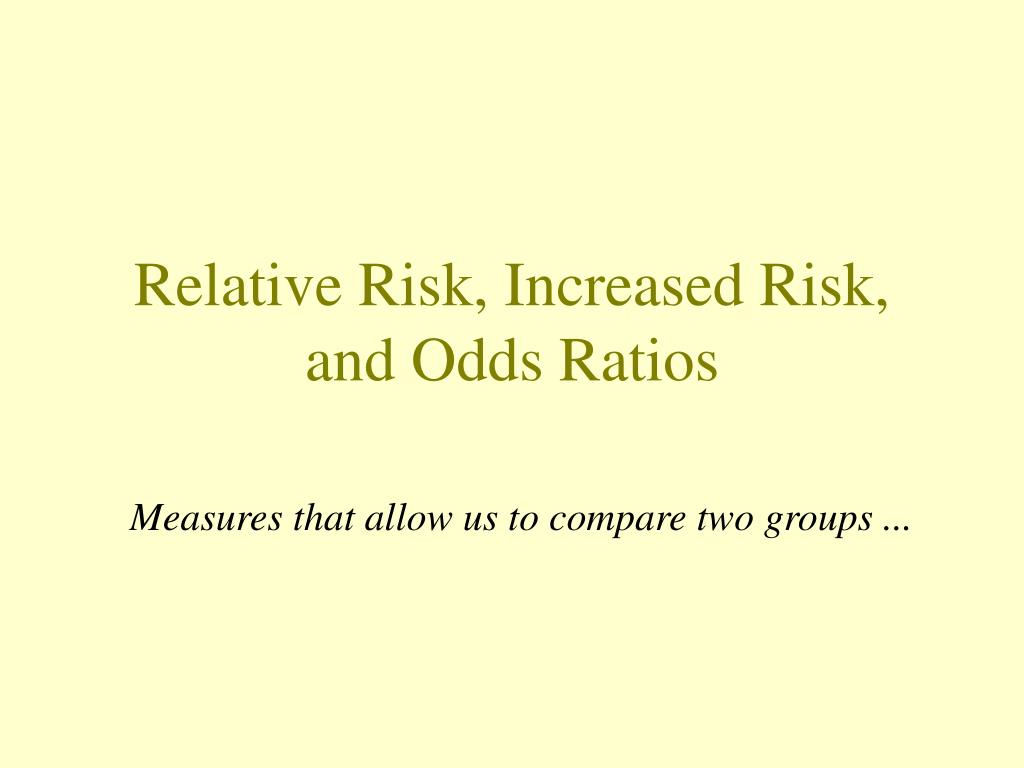



Ppt Relative Risk Increased Risk And Odds Ratios Powerpoint Presentation Id
/224886-article-lung-cancer-percentage-for-smokers-01-5a4c02ff7d4be800362411f2.png)



Pack Years Of Smoking And Lung Cancer Risk



Plos Medicine Childhood Stunting In Relation To The Pre And Postnatal Environment During The First 2 Years Of Life The Mal Ed Longitudinal Birth Cohort Study



Plos One Does The Fractionalization Of Daily Physical Activity Sporadic Vs Bouts Impact Cardiometabolic Risk Factors In Children And Youth




Effect Sizes Basicmedical Key




How Can We Convert Rate Ratio To Odds Ratio




Pdf When To Use The Odds Ratio Or The Relative Risk



2



Plos One Extra Vitamin D From Fortification And The Risk Of Preeclampsia The D Tect Study




Relative Risk Versus Odds Ratio Usmle Biostatistics 4 Youtube



Plos One Minority Race And Male Sex As Risk Factors For Non Beneficial Gastrostomy Tube Placements After Stroke




Bryan Carmody For M2s Preparing For Usmle Step 1 Epidemiology Questions Are Free Points You Don T Have To Make 2x2 Tables Or Memorize Formulae From First Aid To Calculate Or




Adjusted Odds Ratios 95 Ci Of Risk Factors Associated With Last Year Download Scientific Diagram




How To Calculate Odds Ratio And Relative Risk In Excel Statology
/risk-factors-and-pregnancy-loss-2371376_FINAL-8330ff11ec7a43f8a3bae1e3181e4847.png)



Risk Factors For Pregnancy Loss
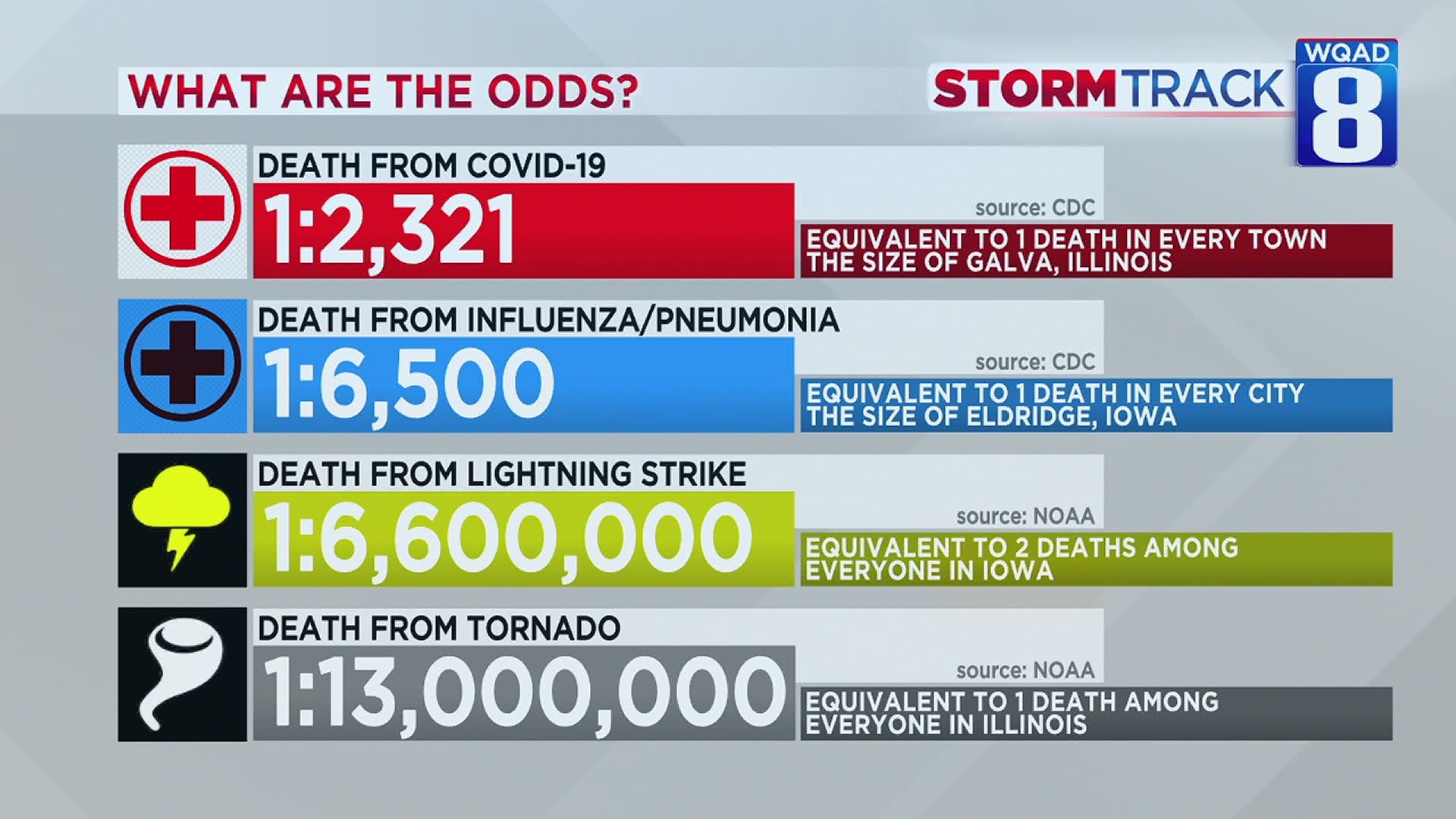



What Are The Odds Of Dying From Covid 19 Vs Lightning Wqad Com




Odds Ratios Vs Risk Ratios Stats By Slough




When Can Odds Ratios Mislead The Bmj



Studying Studies Part I Relative Risk Vs Absolute Risk Peter Attia



Epidemiology Stepwards



Atrium Lib Uoguelph Ca Xmlui Bitstream Handle 1873 B Relative Risk And Odds Ratios Examples Pdf Sequence 8
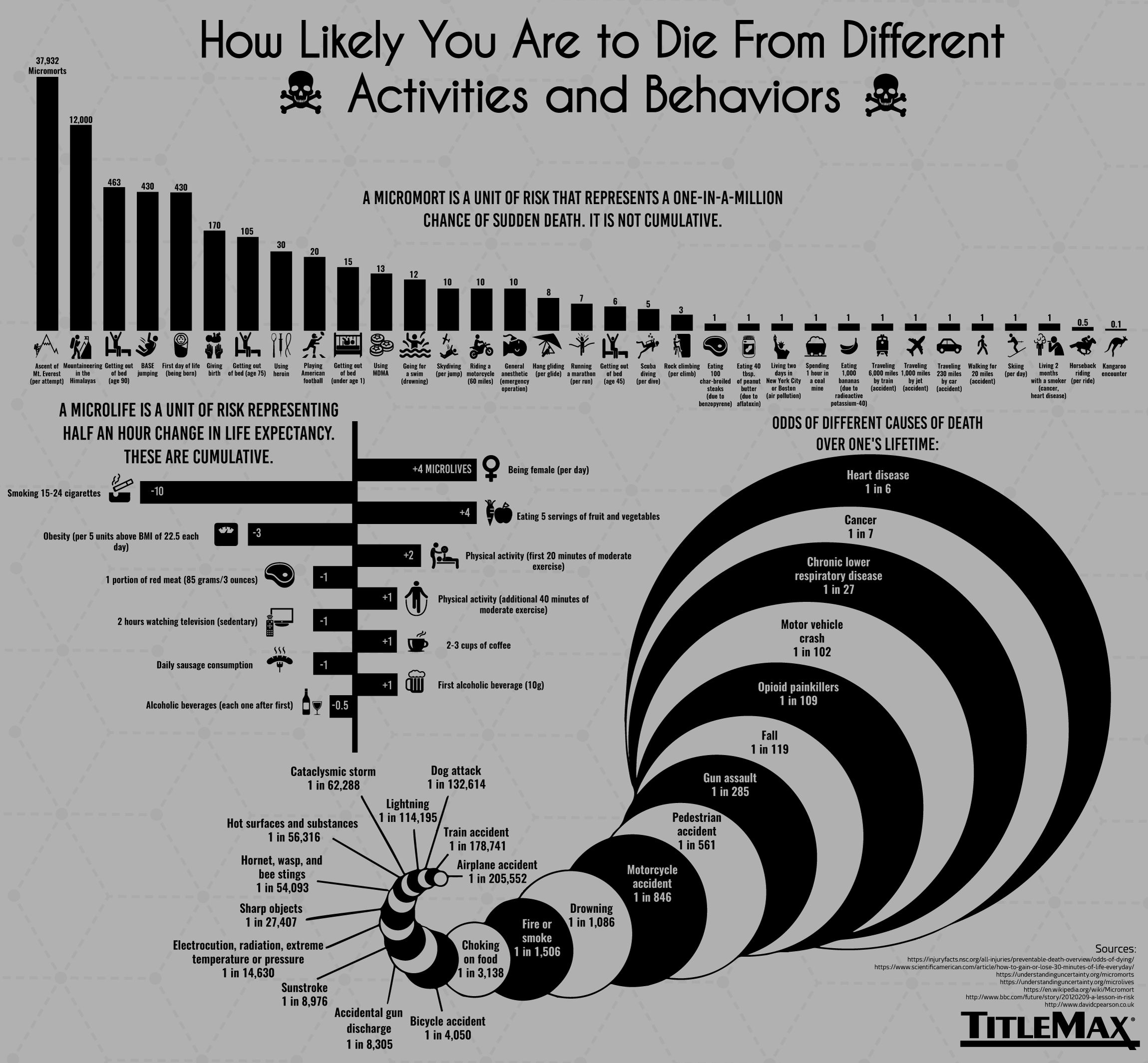



How Likely You Are To Die From Different Activities And Behaviors Infographic Article
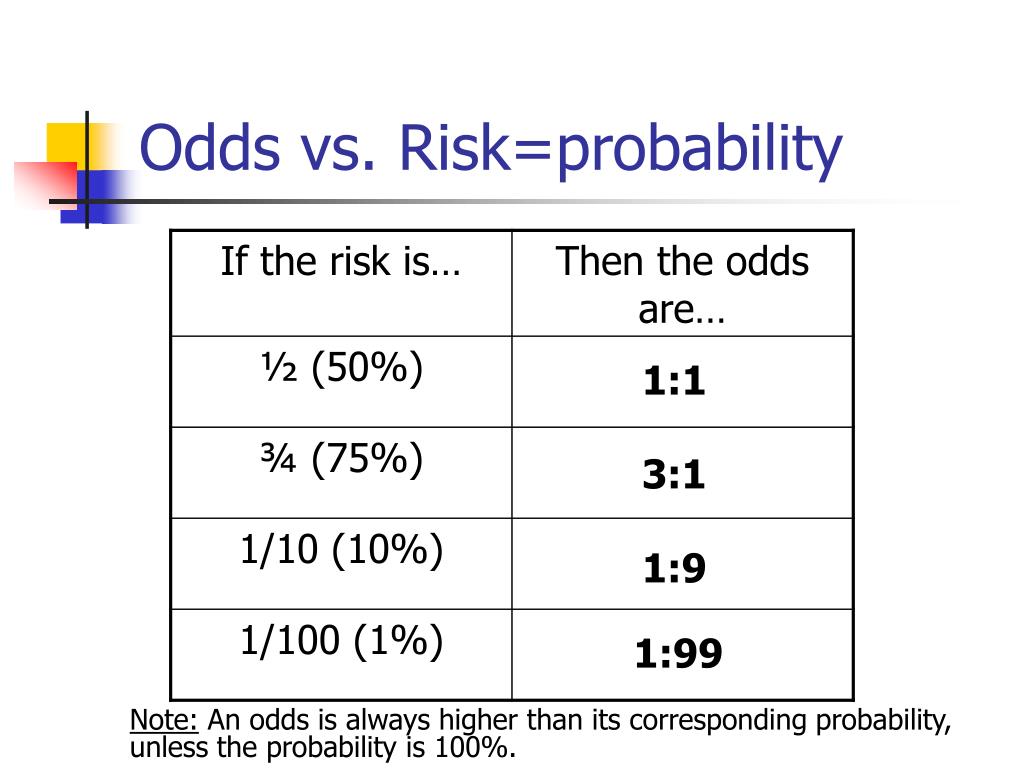



Ppt Conditional Probability Powerpoint Presentation Free Download Id
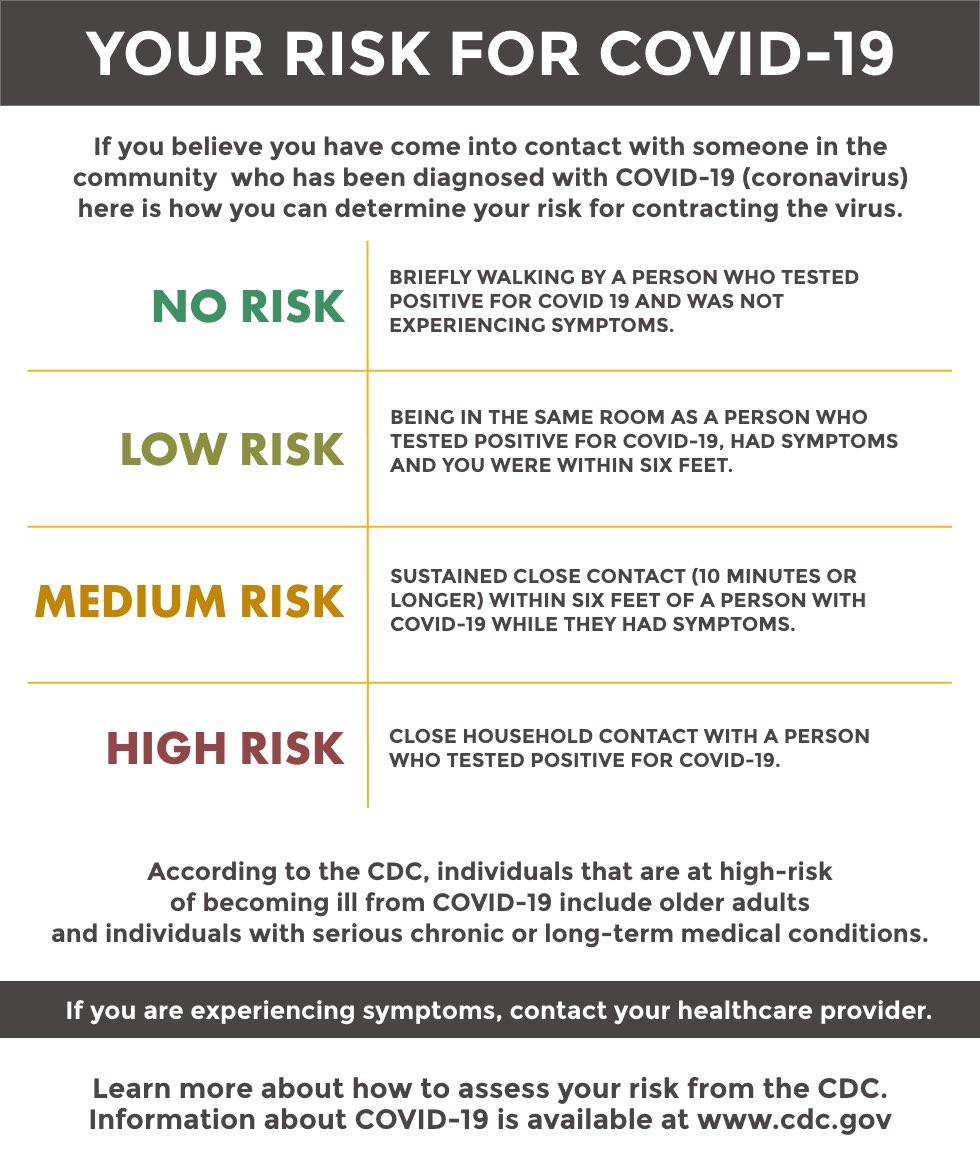



Your Risk For Covid 19 Memorial Hermann
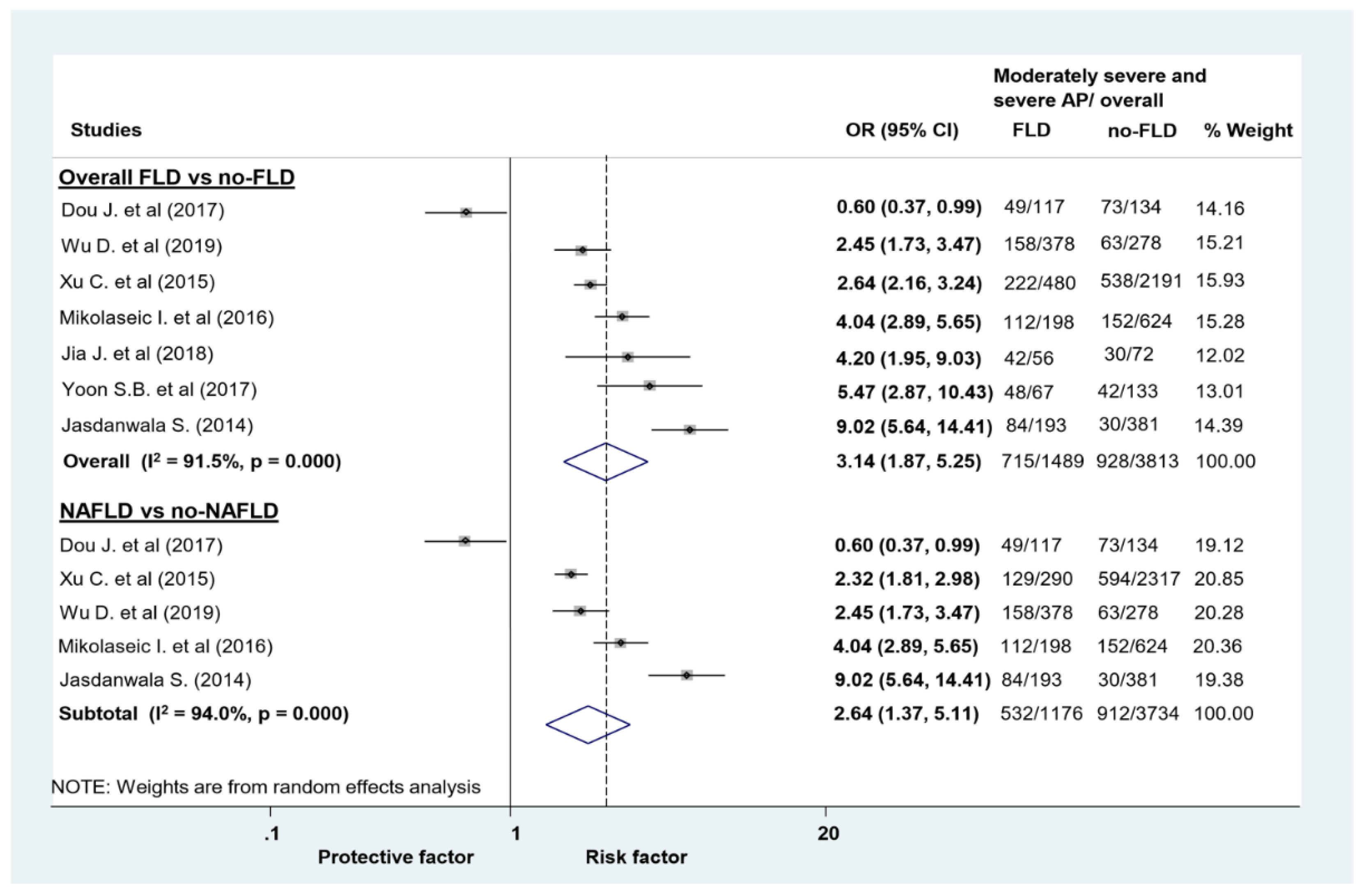



Jcm Free Full Text Fatty Liver Disease And Non Alcoholic Fatty Liver Disease Worsen The Outcome In Acute Pancreatitis A Systematic Review And Meta Analysis Html



Odds Ratios Vs Risk Ratios Jama 10 1001 Jama 18 Deepdyve



Plos One Farm Exposure As A Differential Risk Factor In Anca Associated Vasculitis




When Can Odds Ratios Mislead The Bmj




Julius Ruechel Washington S Inoculation Gamble Calculating The Vegas Odds Of Virus Vs Vax Risks And The Goal Of Herd Immunity
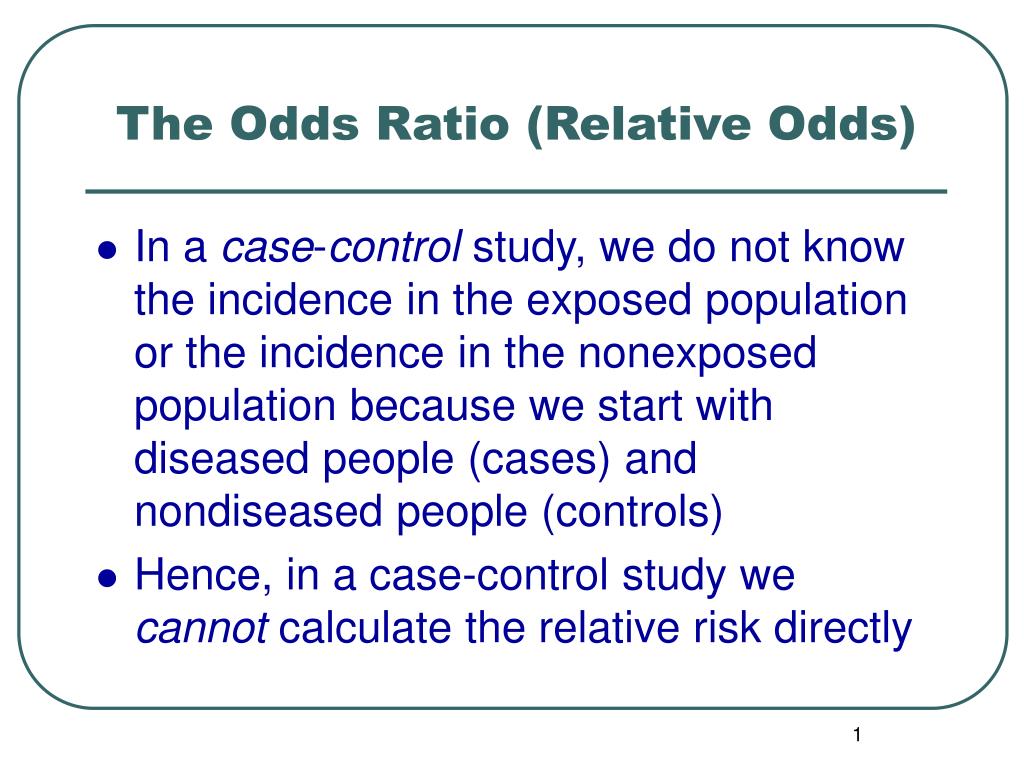



Ppt The Odds Ratio Relative Odds Powerpoint Presentation Free Download Id 6056



Plos One The Impact Of Weather On Women S Tendency To Wear Red Or Pink When At High Risk For Conception




France Vs Switzerland Euro Clash Claims Risk Free Bet 57 1 Paddy Power Odds Boost Special Eminetra New Zealand




Solved A Clinical Trial Was Conducted To Test Whether Med Chegg Com




Tutorial About Hazard Ratios Students 4 Best Evidence




The Odds Of Dying From A J J Vaccine Related Blood Clot Vs Dying From Covid 19 Newscentermaine Com




How To Calculate Odds Ratio And Relative Risk In Excel Statology



Plos One Bleeding Risk With Long Term Low Dose Aspirin A Systematic Review Of Observational Studies



2




Forest Plot Of Odds Ratio Or And 95 Confidence Interval Ci For Each Study Of The Association Between The 1131t C Polymorphism And Metabolic Syndrome Risk Under Dominant Model Carriers Vs Non Carriers In




Turkey Vs Italy Betting Offer Claim Risk Free Free On Euro Opener Plus 50 1 Bet Builder Odds Boost Washington Latest
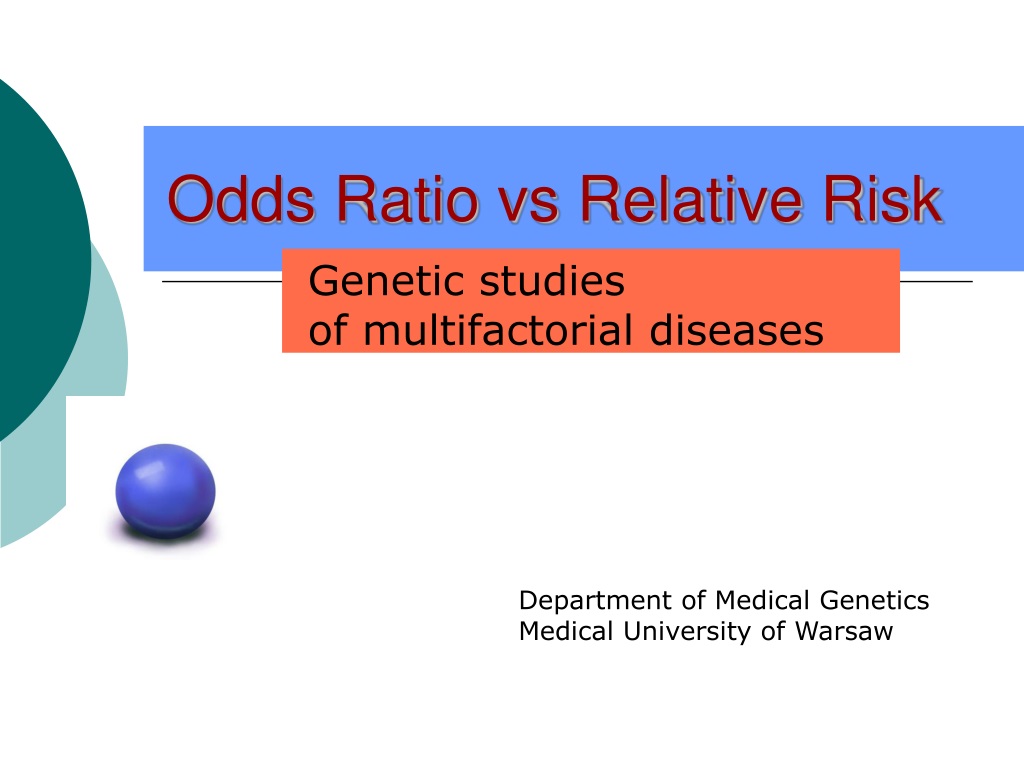



Ppt Odds Ratio Vs Relative Risk Powerpoint Presentation Free Download Id



Odds Ratios Vs Risk Ratios Jama 10 1001 Jama 18 Deepdyve




Predators Vs Hurricanes Odds Promo Bet Nashville Risk Free Up To 500




Odds Ratio Logistic Regression For Cardiovascular Risk Factors In Download Scientific Diagram



0 件のコメント:
コメントを投稿